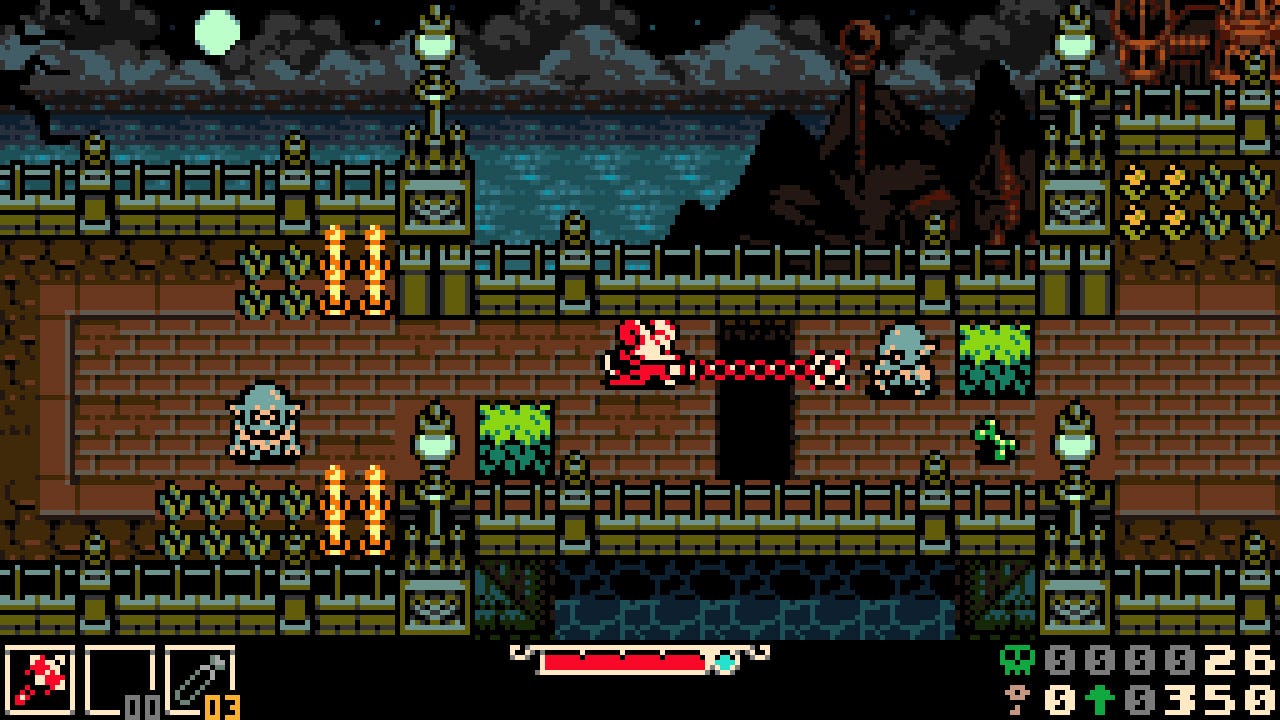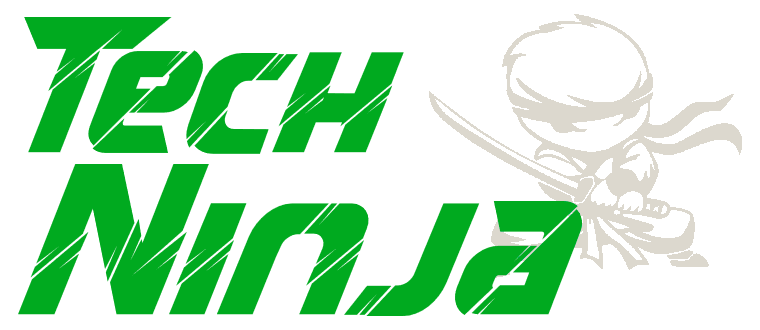Yacht Club Games is once again riding high on a wave of Kickstarter success for indie devs. After using the platform to launch Shovel Knight in the 2010s, it’s returned to the crowdfunding platform for its Game Boy RPG-inspired title Mina the Hollower.
Now, the studio is readying its follow up to Shovel Knight, which blends Game Boy Color-era aesthetics and design with more modern trends from action-adventure games. With Mina the Hollower, Yacht Club Games brings their signature retro style into the realm of an open world action-RPG that feels equally inspired by the top-down, freeform exploration of classic Legend of Zelda and the haunting, tense atmosphere of FromSoftware’s Bloodborne.
“The transition [from Shovel Knight] has been fun but also very difficult,” said studio founder and game director Sean Velasco. “In Mina, the screen is smaller, so there is less space to work with. Crafting every screen became a little puzzle we had to solve,” he said. “With Shovel Knight we were working with NES-style constraints, which gave us a lot of structure.”
“Mina has fewer limitations in some ways, so we had to invent more of our own rules. That actually makes it harder, because more freedom means more choices!”
According to Velasco, Making Mina the Hollower wasn’t just about building a new kind of retro game—it was also an adventure in adapting to the new possibilities of Kickstarter in 2025.
Kickstarter can be a major marketing tool in 2025
According to the developers, Mina the Hollower is the largest game they have made to date. The success of Shovel Knight and its spin-offs gave the team the runway to move forward with their project. However, as Velasco elaborated, their second attempt at a Kickstarter campaign helped them further expand the vision and build an audience for a game that is quite different from Shovel Knight.
“The game is not entirely funded through Kickstarter. It was a portion of the budget, but it was also a marketing and community-building tool,” said Velasco. “Mina’s [crowdfunding] campaign went really well. It funded quickly, created a very enthusiastic community, and we even got to work with backers directly through things like “Director for a Day,” just like we did back in 2013. It was very rewarding to experience… It was also much easier to fulfill rewards this time compared to Shovel Knight ten years ago, when we overpromised and were literally packing boxes of dirt ourselves.”
“Kickstarter has always been a place where niche audiences can make projects happen,” he said. “Retro-inspired games fit perfectly there. They may not always have mass appeal to convince a big company to fund them, but crowdfunding shines a spotlight on them and helps them break into the mainstream. Today, retro game nostalgia is a big business, but we still approach it from a very indie place.”
Image via Yacht Club Games.
With Mina the Hollower, Yacht Club Games ventures into a top-down action-RPG in the vein of Legend of Zelda: Link’s Awakening DX and Oracle of Ages/Seasons on the Game Boy Color. Focusing on the plucky Mina, who wields a variety of weapons and can burrow underground to overcome foes and puzzles, she explores an island in mass turmoil as invading armies spread their corruption. The core loop leans into the structure of the Legend of Zelda series, but there’s a heightened focus on exploring moody, atmospheric zones filled with different combat encounters. Different scenarios demand different tactics and careful use of Mina’s arsenal to overcome them.
Compared to Shovel Knight, which was modeled closely after classic 8-bit side-scrolling games like DuckTales or Ninja Gaiden, Mina the Hollower has an entirely different pace and flow, moving away from traditional stage progression to a more seamless overworld with towns and dungeons to uncover. The game director stated that he still wanted to deliver a game that felt like their previous work on Shovel Knight, but would open up new avenues for them.
“Every retro-inspired game begins with inspiration from a specific era, genre, or viewpoint, and that creates expectations. With a side-scroller like Shovel Knight, players expect to run, jump, battle, and maybe fall into pits. With Mina, the top-down view resembles a classic RPG or action-adventure so that players might expect exploration, dungeons, and interconnected systems.
“In both cases, as developers, we are playing with player expectations. You have to deliver something that feels authentic while still surprising them! The real challenge with Mina is that it is much more complicated, as opposed to linear courses like Shovel Knight. It has involved combat, hundreds of items that interact with one another… a giant overworld that can be explored in any order, and more! Designing and balancing systems, such as weapons, trinkets, and sidearms, was an enormous task. Finally, the top-down perspective makes judging the player’s position when jumping difficult, which makes platforming a constant challenge to get right.”
Mimicking the style of the Game Boy era
What surprised me most about Mina the Hollower is that while it retains that modest, expressive visual style of a Game Boy Color game, it’s also an ambitious step up for the studio— far surpassing the scope of Shovel Knight. According to Valesco, Mina the Hollower can take around 30 hours to finish in its entirety, which puts it in the same neighborhood as the recent Hollow Knight: Silksong.
“Mostly I feel grateful that we can keep pushing ourselves to be creative in new ways, and that we have the opportunity to evolve beyond what people expect from retro-inspired games with a whole new game and genre,” said Velasco.

Image via Yacht Club Games.
It’s rather fitting that Yacht Club Games’ latest takes cues from the original Game Boy Color. Despite its limitations, the ’90s handheld saw a whole suite of games made by developers that got great mileage out of the hardware: offering deep and involved experiences including The Legend of Zelda: Link’s Awakening DX, Pokémon Gold/Silver, and Dragon Quest III.
In a sense, that’s what helped to define the games of the handheld—which pushed the limitations of classic 8-bit game and visual design to create some truly expressive and evocative games on modest hardware. In many ways, Yacht Club Games is continuing that classic legacy with Mina the Hollower, which presents a notably dense 8-bit-style action-RPG with so many layers (and such intentional design).
The developers have a keen focus on sticking true to the tenants and intentional limitations of classic game design—but also expanding upon them and introducing a modern edge where it makes sense.

